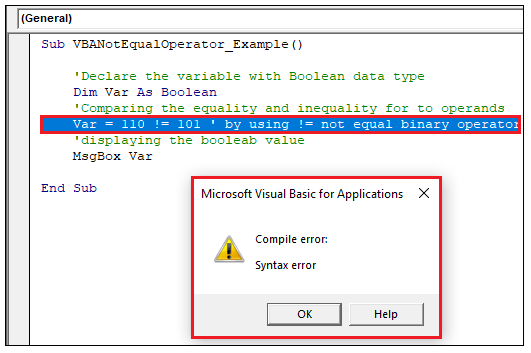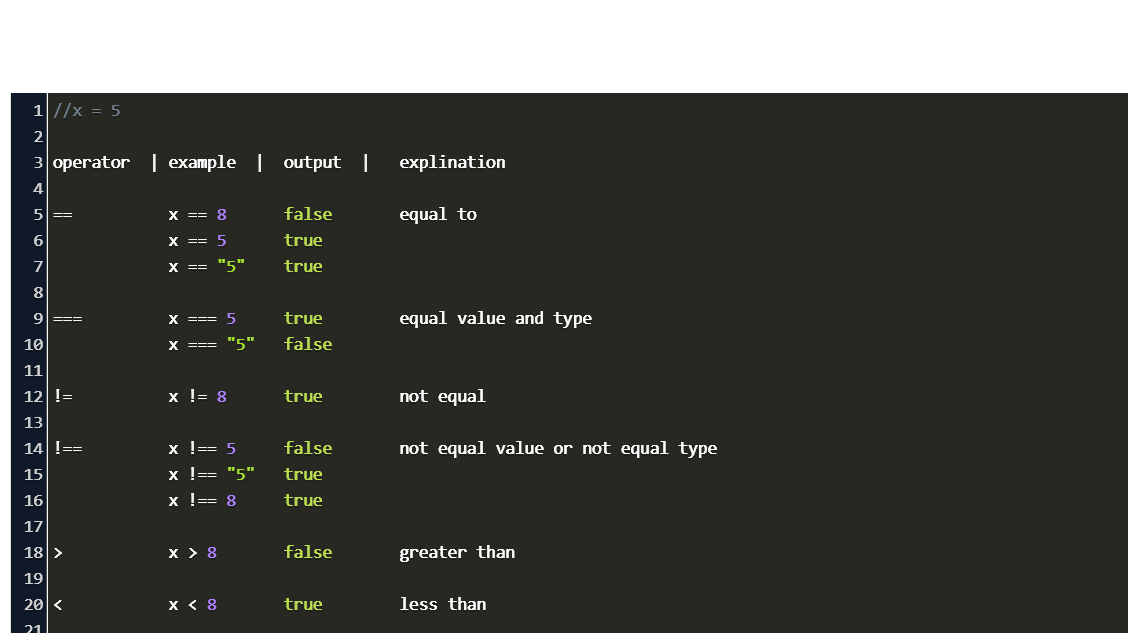
Commands that require elevated privileges are prefixed with sudo. The steps in this guide are written for non-root users.
PYTHON SYMBOL FOR DOES NOT EQUAL HOW TO
For information on how to use Python, see our guide on

To run Python on Ubuntu, use the command python3. You may also wish to set the timezone, configure your hostname, create a limited user account, and harden SSH access.Įnsure Python is properly installed on the Linode and you can launch and use the Python programming environment.
PYTHON SYMBOL FOR DOES NOT EQUAL UPDATE
Setting Up and Securing a Compute Instance guide to update your system. If you have not already done so, create a Linode account and Compute Instance. A non-zero integer is True, while 0 evaluates to False. Python expands this concept to numerical values and other data types. True and False can be assigned to any variable, which then becomes a bool.

Therefore, they cannot be used as variables and cannot be assigned different values. In Python 3, these values actually are Python keywords and are capitalized. A Python bool variable has two possible values, True and False. Through an odd quirk of language design, bool is not a built-in value and can be redefined, although this is a very bad idea. The bool type inherits its properties from the int type. Python uses a built-in data type named bool to represent Boolean values. Boolean logic and Boolean expressions are more rigorous expansions of this concept. 2 + 2 = 4 is true, while 2 + 2 = 5 is false. It can be composed of Boolean values, operators, or functions. A Boolean expression results in a Boolean value when it is evaluated. In terms of programming, the most useful Boolean concept is theīoolean expression. So a Boolean circuit has binary logic gates, and in Boolean algebra, the variables are restricted to the two truth values. The item being discussed is either on or off, not both, and not some other value. Wherever it appears as an adjective, Boolean indicates a binary true/false attribute. Because it is named after a person, the word “Boolean” is always capitalized. Boolean values are named after the mathematician George Boole, who pioneered the system of logical algebra. “True” is equivalent to “1” or “on”, while “False” aligns with “0” and “off”.

These values are sometimes represented by the binary digits “1” and “0”. An Introduction To Boolean Logic and Boolean ValuesĪ Boolean data type can have one of two Boolean values, “true” or “false”. This tutorial explains Boolean logic and expressions and discusses how to use Python’s Boolean operators. The “greater than” ( >) and “equals to” ( =) symbols are examples of Python comparison operators, while and and or are some of Python’s logical operators. It allows programmers to make comparisons, execute conditional statements, and implement common algorithms.

In this tutorial of Python Examples, we learned what Python Equal Comparison Operator is, how to use it to find if two values are equal, with the help of well detailed example programs.Python and most programming languages. You can use equal operator in while loop condition. Example 4: Equal Operator in While Condition In this example, we shall use Equal Operator to check if two strings are equal. In the following example, we shall use equal operator in IF condition.Ī%2 = 0 returns true for a=10. True Example 2: Equal Operator with IF Statement In this example, we shall take two integers, and check if they are equal using =.


 0 kommentar(er)
0 kommentar(er)
